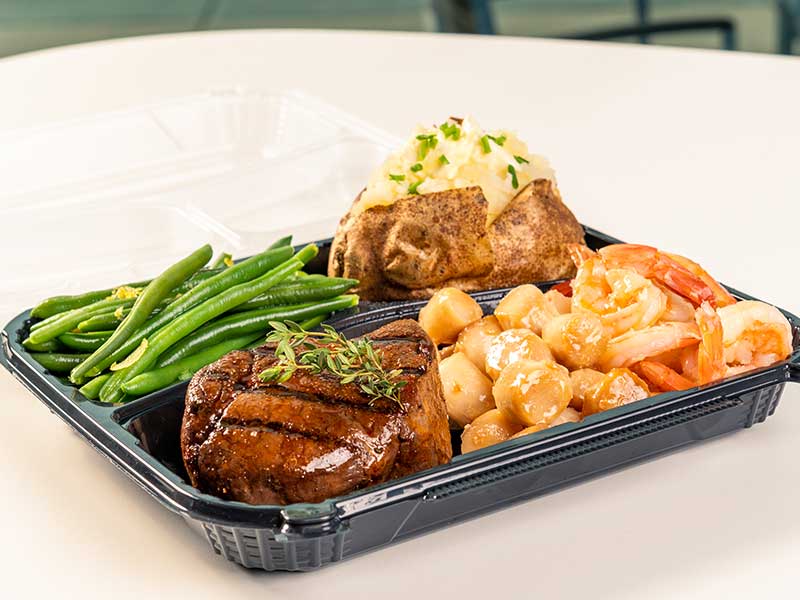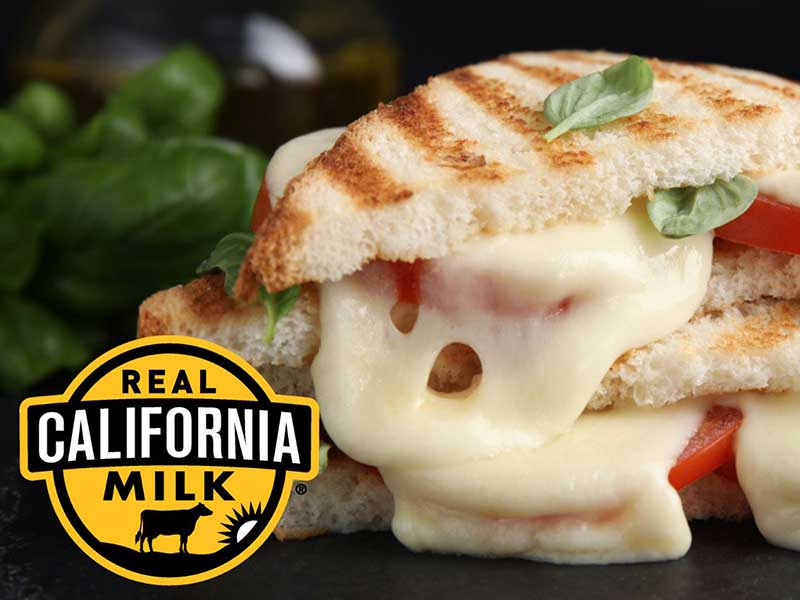When it comes to advertising, you can go big with expensive “pay and spray” advertising that covers a wide audience, or you can put a specific spend behind a campaign that’s targeted for a niche audience. When it comes to trackability and ROI, the latter option is the better choice, hands down.
Consider this: According to Facebook, “2.7 billion people use Facebook, WhatsApp, Instagram, or Messenger each month and more than 2.1 billion people use at least one of the Facebook family of services every day on average.” Odds are, your best customers are among these users. Within that audience, Facebook and Instagram make it possible to reach the exact group that’s best for your brand through location and demographic targeting as well as other tools. Here’s what you need to know to capitalize on social media advertising for your brand.
Know Your Audience, Goals, and Budget
Before you can begin your first ad campaign, it’s important to get clarity in three areas. First, know who you want to talk to. This can be existing customers, potential new customers, or some mix of the two. Identify the characteristics of your target market--geographic location, gender, age, interests, etc. You’ll have the opportunity to use those factors when you create your ad.
Next, identify your marketing objectives. You’ll have the opportunity to choose from the following objectives during ad creation, and it’s important to understand how you want your ad to effect your audience. Here are the objectives Facebook identifies:
- Brand awareness: Introduce your brand to a new audience.
- Reach: Expose your ad to as many people in your audience as possible.
- Traffic: Drive traffic to a specific web page or app.
- Engagement: Reach a wide audience to increase the number of post or Page Likes, increase attendance at your event, or encourage people to claim a special offer.
- App installs: Get people to install your app.
- Video views: Get more people to watch your videos. Lead generation: Get new prospects into your sales funnel.
- Messages: Encourage people to contact your business using Facebook Messenger.
- Conversions: Get people to take a specific action on your website (like subscribe to your list or buy your product).
- Catalog sales: Connect your Facebook ads to your product catalog to show people ads for the products they are most likely to want to buy.
- Store visits: Drive nearby customers to bricks-and-mortar stores.
Source: Hootsuite
Finally, determine what budget is comfortable for your business. Facebook and Instagram both allow you to set dollar amounts per campaign or over a longer period of time. Look at your overall marketing budget and assess how much you can set aside for social media advertising. Start conservatively, with several smaller spends and then take a look at which ads were the most successful according to your goals. Once you know that, you can increase your spend per ad with confidence.
According to Modern Restaurant Management, 93 percent of social media advertisers are using Facebook ads, making it the most popular social media advertising option.
Facebook allows users who have a business page to create advertising connected to photos, video, galleries, or, for mobile users, collections and instant experiences, which encourage in-platform shopping. Facebook also allows for something called “lead ads,” these are great for connecting with your audience to gather or share information or encourage sign-ups, such as for your email newsletter.
Facebook ads should be eye-catching, and thus it’s important to lead with your most visually appealing photography. Short, clever copy is key, as all Facebook ads have character limits to which advertisers must adhere.
Once you determine the type of ad, you’ll be able to choose your placement. Until you know where you get your best returns, you can allow Facebook to choose the placement for you.
One of the biggest advantages of this type of advertising is its trackability. Take advantage of the metrics to assess how well your ads are performing, and use that intel to create future ads. One way to improve tracking functions is to install Facebook Pixel on your website. Facebook Pixel allows advertisers to track conversions, remarket to existing customers, and create lookalike audiences using the information gleaned on your existing audience.
Because Instagram is owned by Facebook, you are required to have a Facebook business page to advertise on Instagram. Instagram has opportunities for advertising in Stories as well as in the feed through photos, videos, carousels, and collections, which link directly to shopping pages. Instagram also provides a variety of tools, such as Boomerang or Time Lapse in Stories or editing tools for photos and videos, that allow you to create polished, exciting content, without being a professional designer.
According to Instagram, “The easiest way to run ads is by promoting posts you've shared on Instagram. Just select the post you want to promote, and then track how many people are seeing and interacting with your promoted post by tapping ‘View Insights.’” This is a simple, low-impact way to learn the ropes of Instagram advertising.
Follow the insights connected to your page to get an idea of what content is working, and use it as the basis of your first few ads, adjusting targeting variables until you find your sweet spot.
Like Facebook, Instagram allows for targeting based on location, demographics, interests, and behaviors. It’s also possible to customize an audience based on people you’ve already interacted with. This can be a good way to tap into your best audience to promote a special event. If you don’t know who to target, Instagram will even autotarget for you, so all you have to do is sit back and observe.
Social media advertising is a valuable tool in your marketing plan, so don’t underestimate it, and keep experimenting with the variables until you find something that works.



